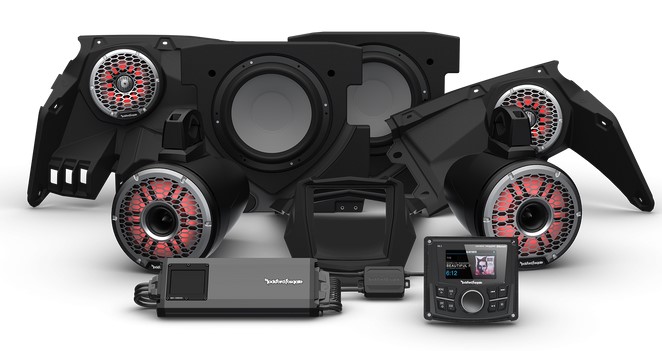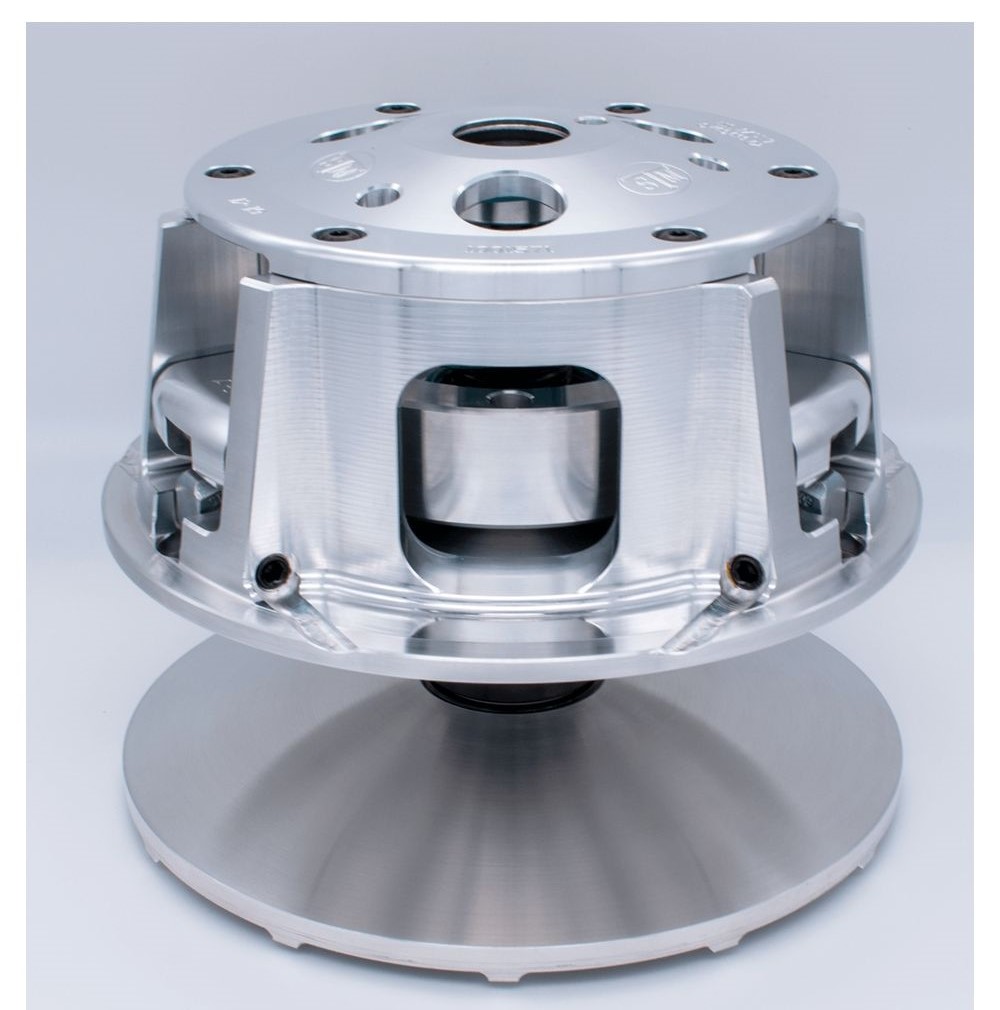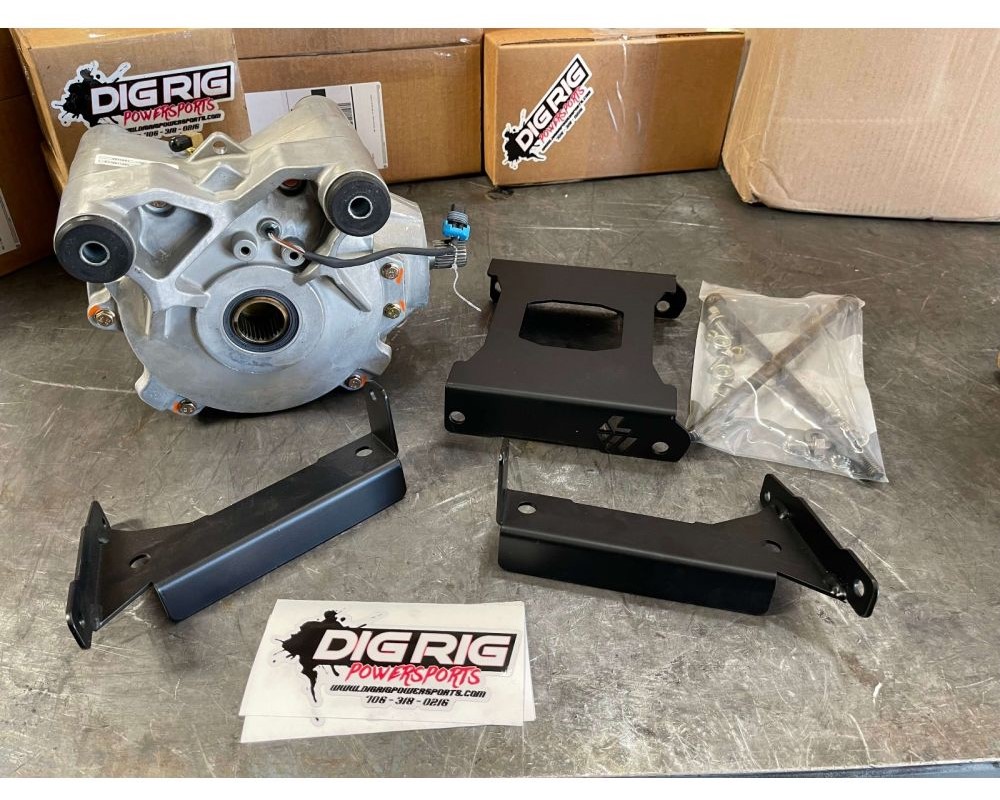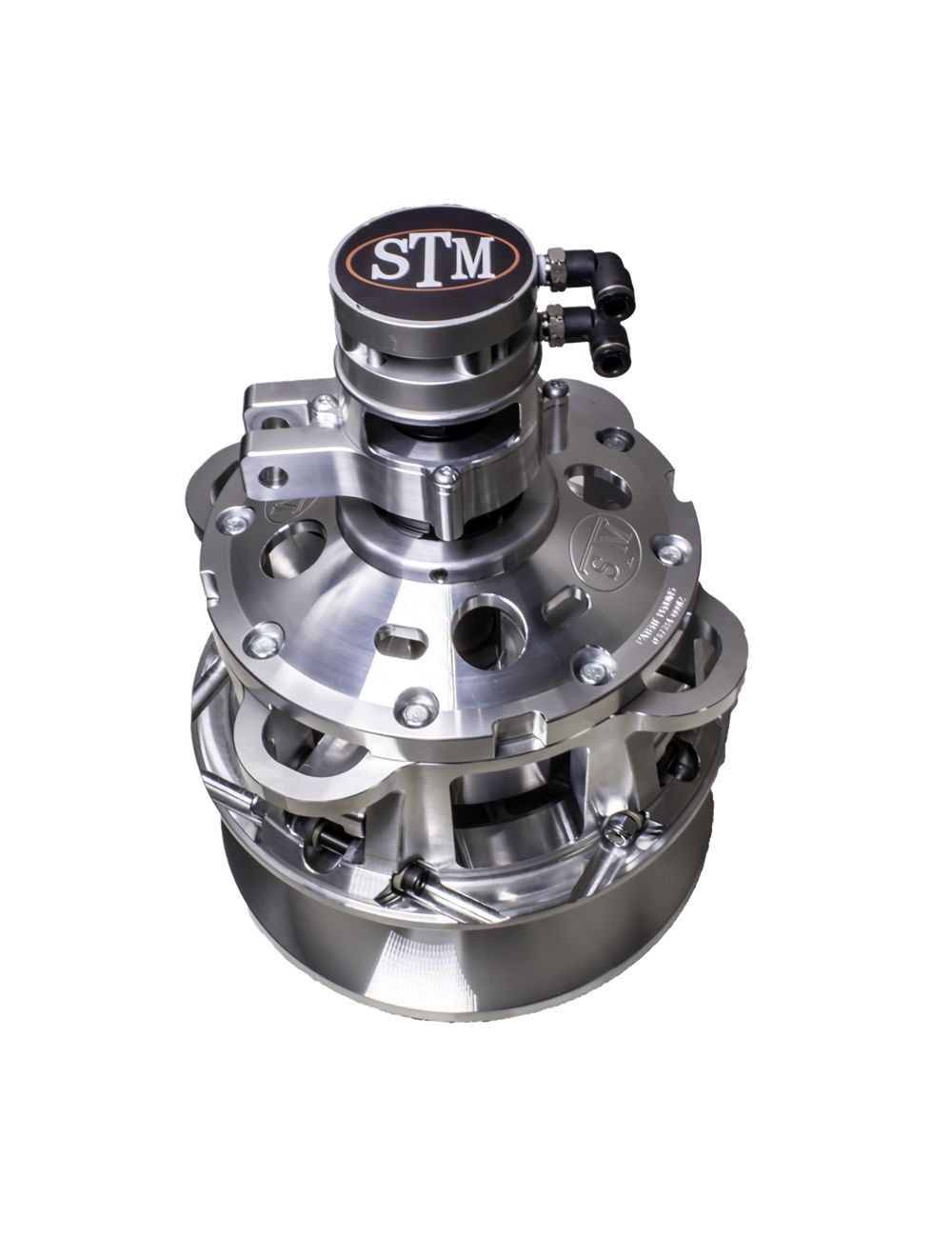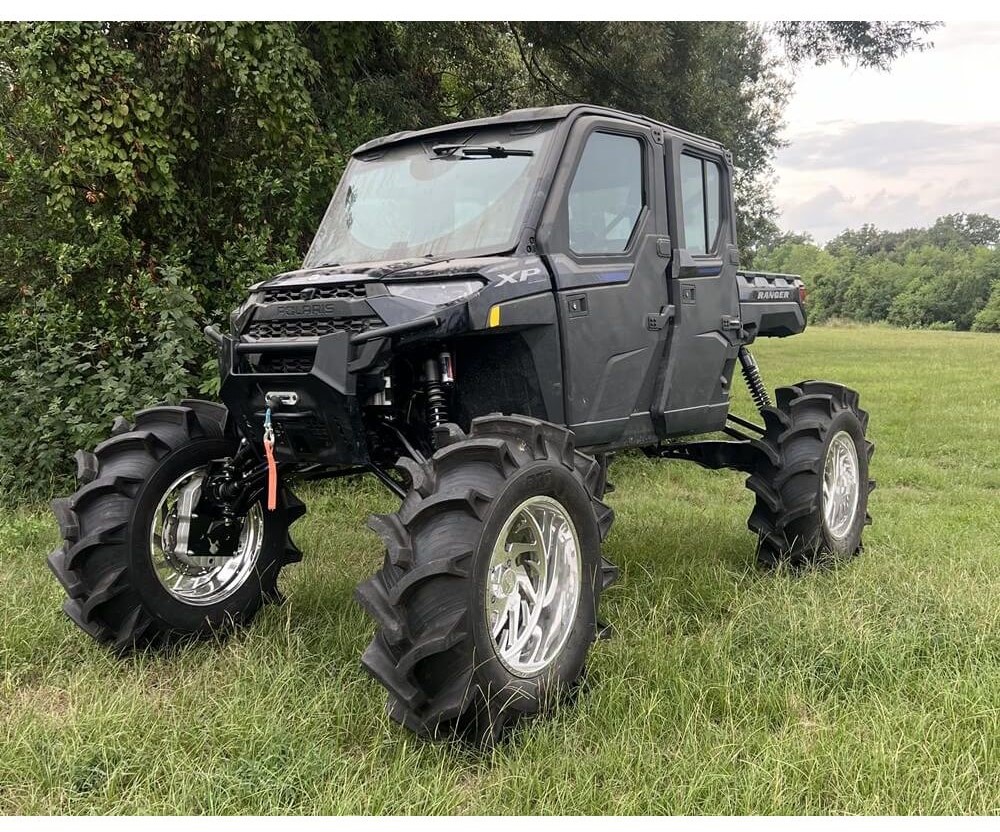Polaris Ranger Torque Specs Chart
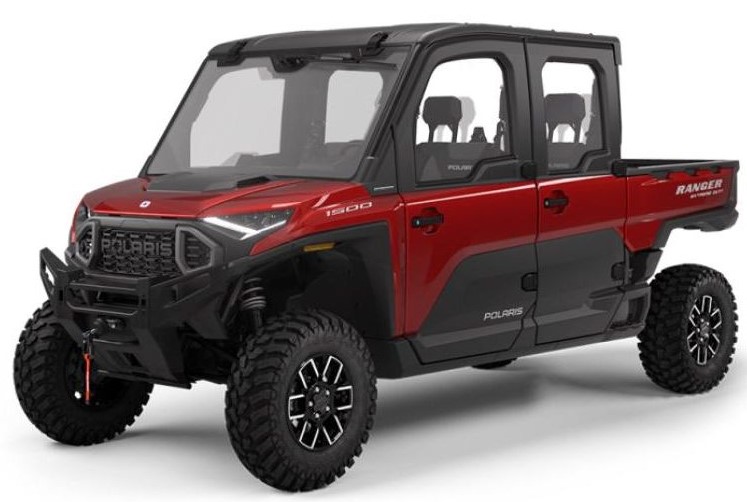
Polaris Ranger Torque Specs Guide
Let’s face it—torquing bolts isn’t the flashy part of owning a Ranger. But Polaris Ranger torque specs are the unsung heroes behind safe rides, tight suspensions, and wheels that don’t come flying off mid-trail. Whether you're dialing in the Ranger lug nut torque before a ride or double-checking the Polaris Ranger axle nut torque after a repair, the difference between “just tight enough” and “factory spec” is often a few foot-pounds of force. This guide breaks it all down with straight facts and zero fluff, so you can grab your torque wrench and know exactly what to do next. Ready to wrench with confidence? Let’s tighten things up properly.
Why Torque Specs Matter
Before we dig into numbers, here’s why torque specs are more than just technical mumbo jumbo:
- Safety First: Under-torqued fasteners can back off; over-torqued ones can strip or snap.
- Suspension Precision: Components like A-arms and shocks need proper clamping force to work correctly.
- Wheel Security: Ranger lug nut torque directly affects whether you finish the ride or lose a tire.
- Longevity: Torqueing to spec reduces wear on threads and helps parts last longer.
Whether you're fixing a flat or installing aftermarket parts, referencing Polaris Ranger torque specs keeps your ride solid.
Complete Torque Spec Chart by Model
Below is a simplified guide to factory torque values for popular Ranger models (2021–2025). Always use a calibrated torque wrench for accuracy.
Polaris Ranger Crew
| Component | Torque Spec |
|---|---|
| Polaris Ranger Lug Nut Torque | 120 ft-lbs |
| Front Hub Castle Nut | 110 ft-lbs + Cotter pin |
| Polaris Ranger Axle Nut Torque | 180 ft-lbs |
| Upper A-Arm Bolts | 70 ft-lbs |
| Lower Ball Joint Nut | 45 ft-lbs |
Polaris Ranger 1000
| Component | Torque Spec |
|---|---|
| Lug Nuts (Steel Wheels) | 120 ft-lbs |
| Lug Nuts (Aluminum) | 90 ft-lbs |
| A-Arm Pivot Bolt | 75 ft-lbs |
| Polaris Ranger Axle Nut Torque | 180 ft-lbs |
| Upper Shock Mount Bolt | 45 ft-lbs |
Polaris Ranger XP 900
| Component | Torque Spec |
|---|---|
| Ranger Lug Nut Torque | 120 ft-lbs |
| Lower Shock Bolt | 55 ft-lbs |
| Rear Axle Nut | 180 ft-lbs |
| Radius Rod Bolt | 80 ft-lbs |
| Steering Rack Mount Bolts | 40 ft-lbs |
Common Bolts & Their Specs
Here’s a quick list of commonly torqued fasteners across most models:
- Lug Nuts: 120 ft-lbs for steel, 90 ft-lbs for aluminum
- Axle Nut: 180 ft-lbs
- Shock Bolts: 45–55 ft-lbs
- A-Arm Bolts: 70–75 ft-lbs
- Sway Bar Mounts: 20 ft-lbs
- Hub Castle Nut: 110 ft-lbs with cotter pin
Getting the Polaris Ranger axle nut torque wrong? Expect wobble or even axle damage. And overdoing the Ranger lug nut torque? Say hello to warped rotors.
Tips for Proper Torque Application
Before you start cranking down bolts, a few golden rules:
- Clean threads before torqueing—grit and grease change torque values.
- Use a calibrated torque wrench—preferably a click or digital one.
- Follow the correct sequence when tightening wheels or suspension parts.
- Always recheck the torque after your first test ride. Vibrations can settle parts into place.
- Never guess. The term “gut feel” belongs at the buffet, not under your UTV.
Properly following Polaris Ranger torque specs is not just about performance—it’s peace of mind every time you fire up the engine. For parts, upgrades, or performance accessories, be sure to explore our Polaris Ranger collection.
Download Our PDF Torque Guide
Need to keep this info handy in the garage or out on the trail? We’ve condensed everything above into a printable PDF torque guide. Keep it next to your socket set and you’ll never second-guess a spec again.
Polaris Ranger torque specs are the blueprint for building a ride that handles like new, even after years of abuse. From Ranger lug nut torque to Polaris Ranger axle nut torque, following the correct numbers makes the difference between “solid” and “sketchy.” If you're looking to upgrade to stronger fasteners, need a new torque wrench, or just want some tech advice, feel free to contact us today. Let’s keep your Ranger riding strong.

